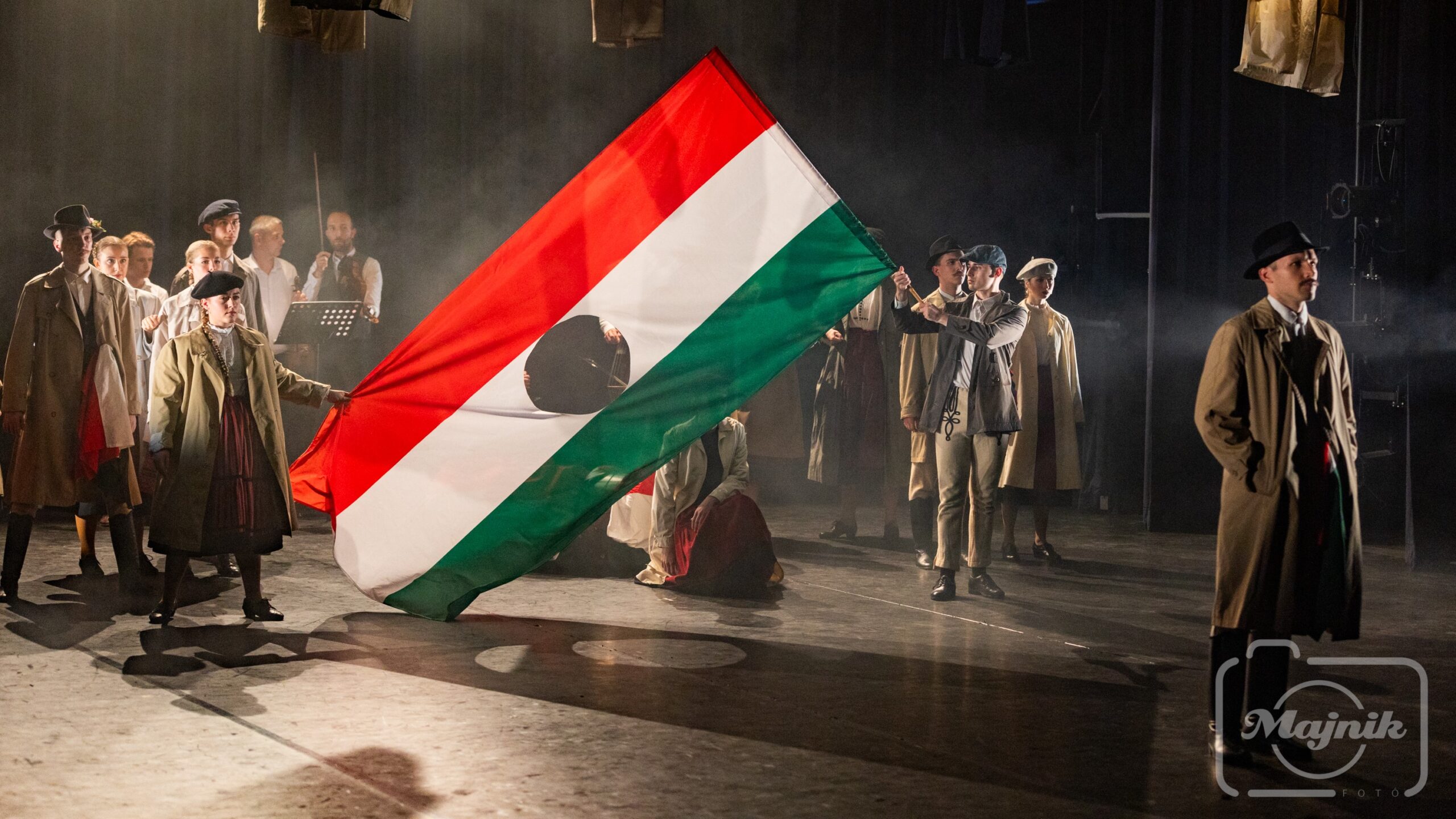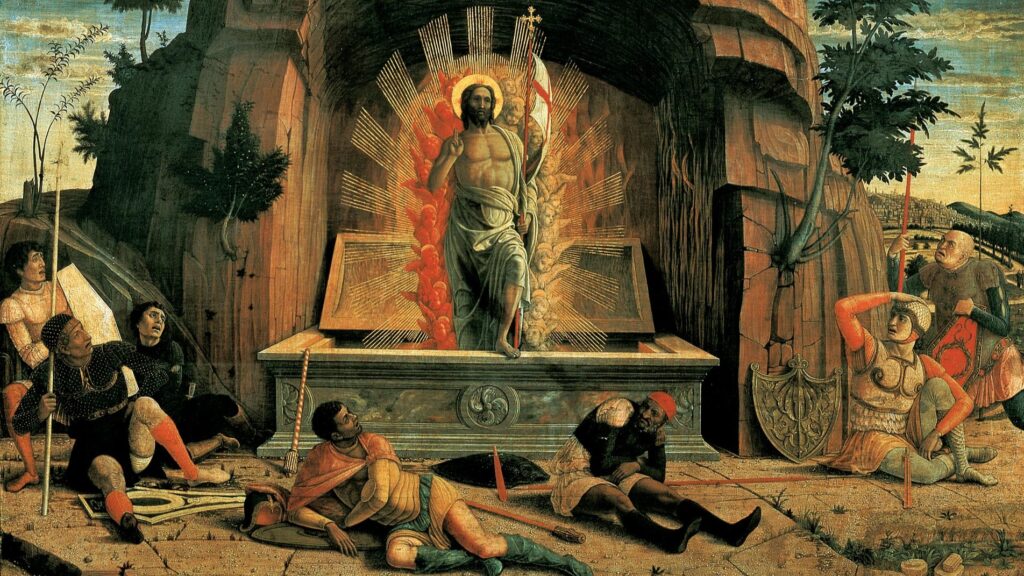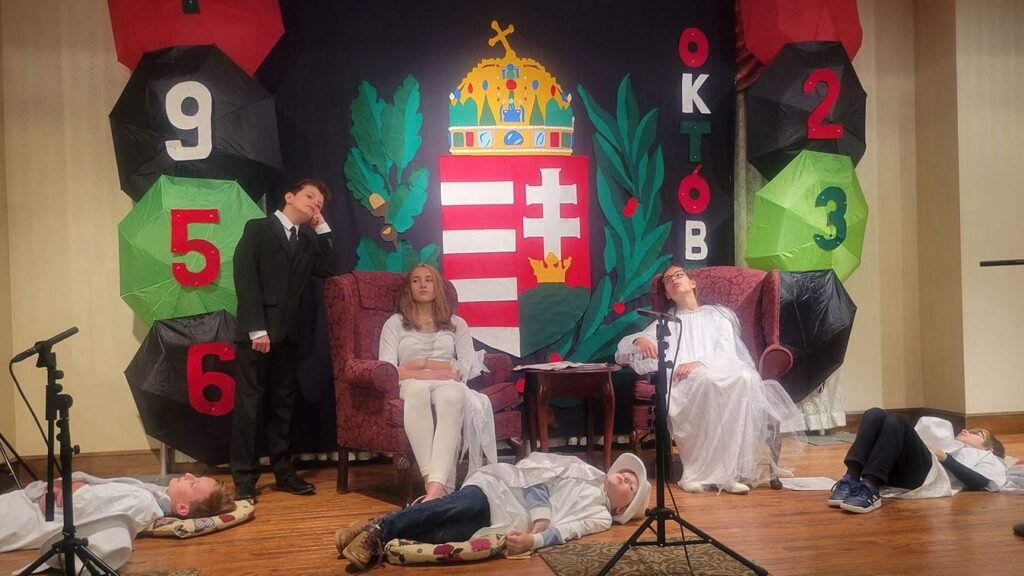The 30-year-old Vadrózsa is Hungary’s most prominent non-professional folk dance ensemble. The aim of the artistic directors, Lili Fundák-Kaszai and Kristóf Fundák, is to present the rich folk traditions and cultural treasures of the Carpathian Basin at world-class quality. We’ve been recently convinced of this watching their fantastic, 70-minute long Legacy show touring the U.S. East Coast. The tour began on 19 October and made five stops in 18 days paying tribute to the 1956 revolution and freedom fight of Hungary. I spoke with two organizers and three dancers after the last performance of the tour at the Hungarian American Athletic Club (HAAC) in New Brunswick, New Jersey.
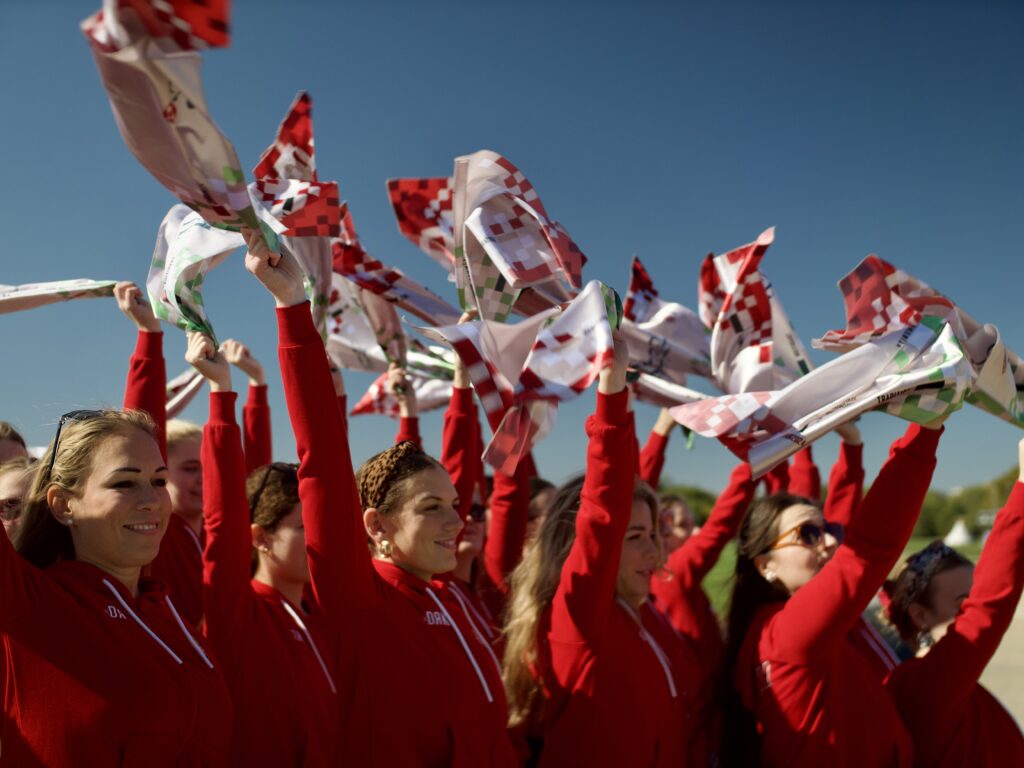
Heritage, Tradition, Family, Community: The Ensemble and the Tour
Vadrózsa (Wild Rose in Hungarian) Dance Ensemble is the most prominent non-professional folk dance ensemble in Hungary, established 30 years ago in Budapest. Since its foundation, the group’s mission has been to preserve and disseminate authentic Hungarian folk dance and music through teaching and performing. They are dedicated to highlighting the abundant folk traditions and cultural treasures of the Carpathian Basin on the global stage. As a non-professional group, its members place a special emphasis on community building and educating the next generation. In addition to the Vadrózsa adult ensemble, they run six more groups, with dancers ranging from 3 to 60 years of age. The entire ensemble is one big family, consisting of over 250 dancers.
They participate regularly at nationwide dance festivals and competitions, and over the past ten years, Vadrózsa has consistently achieved outstanding results, boasting numerous group and individual awards. Their artistic directors, Lili Fundák-Kaszai and Kristóf Fundák, are both excellent folk dancers. In 2024 Kristóf was awarded the highest national honour that a choreographer can receive in Hungary. For years, they have prolifically taught and choreographed throughout Hungary and in Hungarian-inhabited communities of the Carpathian Basin as well as in the North American Hungarian diaspora.
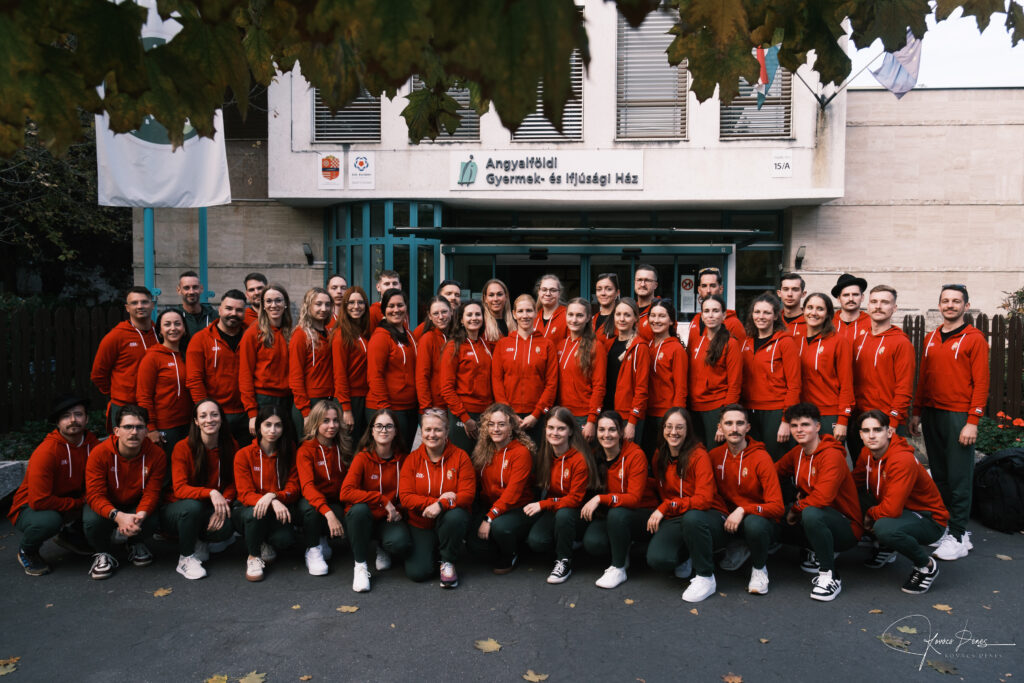
In addition to showcasing authentic folk dance, the ensemble is open to other artistic genres: its repertoire includes several contemporary works and dance theatre pieces. The dancers are proud of their successes, but at the same time they consider the results achieved to be a serious responsibility, which is why humility and attention to detail are cornerstones to their work. Vadrózsa seeks to set an example for the Hungarian folk dance movement and for future generations. With 40 dancers and five musicians, the main mission of this American tour, which included five stops (New York; Washington, DC; Cleveland; Boston and New Brunswick) was to showcase the diversity and virtuosity of the Carpathian Basin’s folklore through a fresh, youthful approach. With its connective parts and visuals, the show commemorated the 1956 revolution and freedom fight, using motifs from Hungarian dance and music culture and placing them in a spectacular stage setting.
Surpassing Ourselves Every Time: The Artistic Director’s Assessment
Artistic director Kristóf Fundák confessed: as soon as they arrived in America, he gave a little speech to the dancers, telling them that he was very pleased with their recent premiere at the House of Traditions in Budapest, but the performance could and should only get better from there. ‘Every performance took place at a different venue, which brought new challenges, but also more experience, which could improve and allowed the show to renew itself. I’m very proud of the team because they were able to deliver almost 100 per cent of what I asked of them, surpassing their previous performance almost every time. I said “almost” only because there was a peak, but after that the quality hasn’t dropped, even though it’s been a very tiring good two weeks behind us. And we have put a worthy end, or rather an exclamation mark, to the show and our tour, here in New Brunswick,’ he said.
As for the theme itself, Kristóf explained they were lucky that it hadn’t been their first time in America. ‘We didn’t come to an unfamiliar environment. We had contacts everywhere, especially in Cleveland, but probably the most in New Brunswick. We knew what the audience would enjoy, what kind of show would touch them, how to get them nailed to their seats and make them applaud—of course we tried to bring that here.’ As he mentioned, although the aim of a director–choreographer is clearly to please the audience—because if he doesn’t, the result will be self-serving—, Vadrózsa’s goal is broader than that: as always, this production was a type of education, in which they tried to show their own ideas about bringing folk dance and folklore to the stage in Hungary. ‘The audience’s reactions and the discussions after the performances confirmed that we had found a nice balance between how to present theatre and folklore to the local community in a new way that they are not necessarily used to—at least not regularly—and still remaining likeable to the whole audience,’ he concluded.
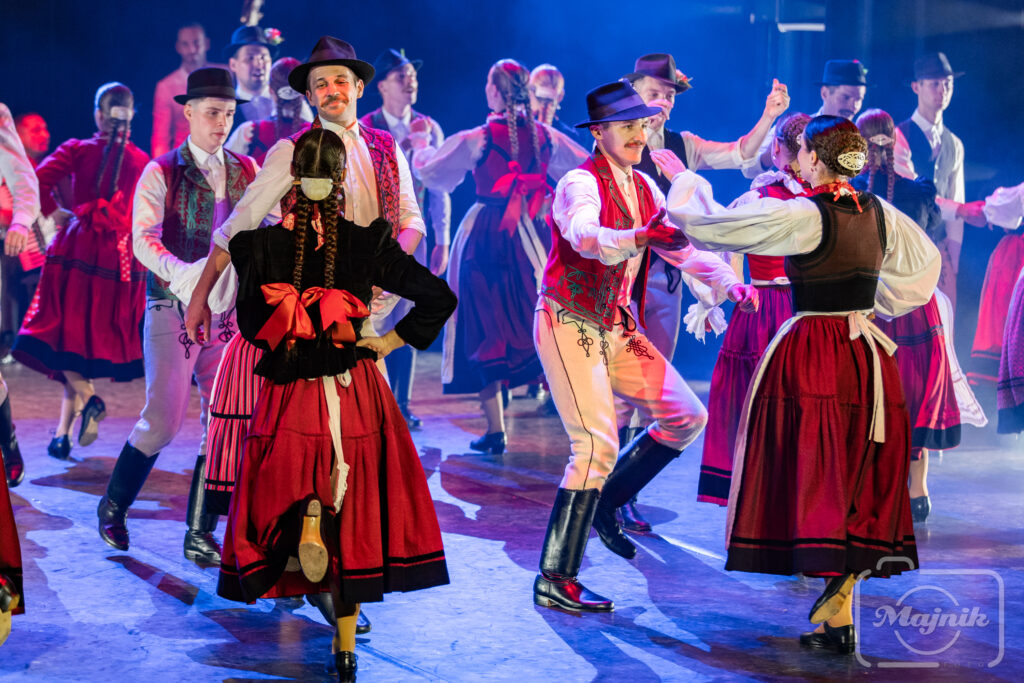
Stepping onto the Overseas Bridges: The Tour Manager’s Conclusions
As tour manager Ildikó Hajdu-Németh, born and raised in New Jersey, put it, it was ‘a bit of a cheat’ from her side to organize the tour on the East Coast, because she knew all the five Hungarian communities very well. In the meantime, it became clear to her that a lot has changed in these diaspora communities over the last 12 years while she and her family have been living in Hungary; nevertheless, she was working on familiar grounds—also because the last similar tour was organized by her father, Kálmán Magyar Sr, formerly the artistic director of the Hungária folk dance ensemble in New York. Moreover, in Washington, DC they were hosted by the Hungarian Folklife Association (HFA), founded by Kálmán ‘Öcsi’ Magyar Jr., Ildikó’s brother. The other HFA co-founder, Panni De Cheke Qualls, and leading members of the local Tisza Ensemble, Emese O’Donnell and Cathy Lamont helped a lot on the ground—not only professionally, but also in organizing a tour of the city for the tour participants. Their third stop in Cleveland was hosted by Zsolt Molnár, the director of Bocskai Radio, who celebrated the radio’s 40th birthday with Vadrózsa. He and one of the dancers’ parents’—Eszti Pigniczky and Endre Szentkirályi, former leaders of the local scout troop and the Regös dance group—care extended also to hospitality, since they stayed with families rather than in hotels (a similar arrangement was made in New Brunswick as well). In Boston they were looked after by Emese Varga and Adrienne Sóti. They spent four days in New Brunswick, which was a homecoming for many on the team, since not only Ildikó is connected to the region, but two dancing couples, Viola Kovács and Gábor Szanyó as well as Lili Balogh and István Dániel Molnár spent a year here recently as Kőrösi Csoma Sándor Program (KCSP) scholars. Furthermore, as Kristóf Fundák told the audience before the performance, if Vadrózsa had official sister dance groups, those would be the local Mákvirág and Csűrdöngölő teams of New Brunswick.
‘If we ever go somewhere else in North America in the future, it might be a bit harder to organize, but this was a great first step, and I learned a lot from it personally,’ shared Ildikó, who also said in her emotional post-show toast on stage that being a tour manager was an unmatched opportunity of a lifetime for her and became one of her all-time favorite projects. ‘Under the wings of my parents, Judit and Kálmán Magyar, I’ve been raised and always lived in this Hungarian American folk musician–dancer community, also in the Életfa orchestra founded by my brother and I, and in the Hungária dance ensemble in New York, Tamburitzans in Pittsburgh, and Csűrdöngölő in New Brunswick. Thus, I know how the dancers and musicians feel, what they like and what they need—that’s another reason why I didn’t have a difficult task as a tour manager.’
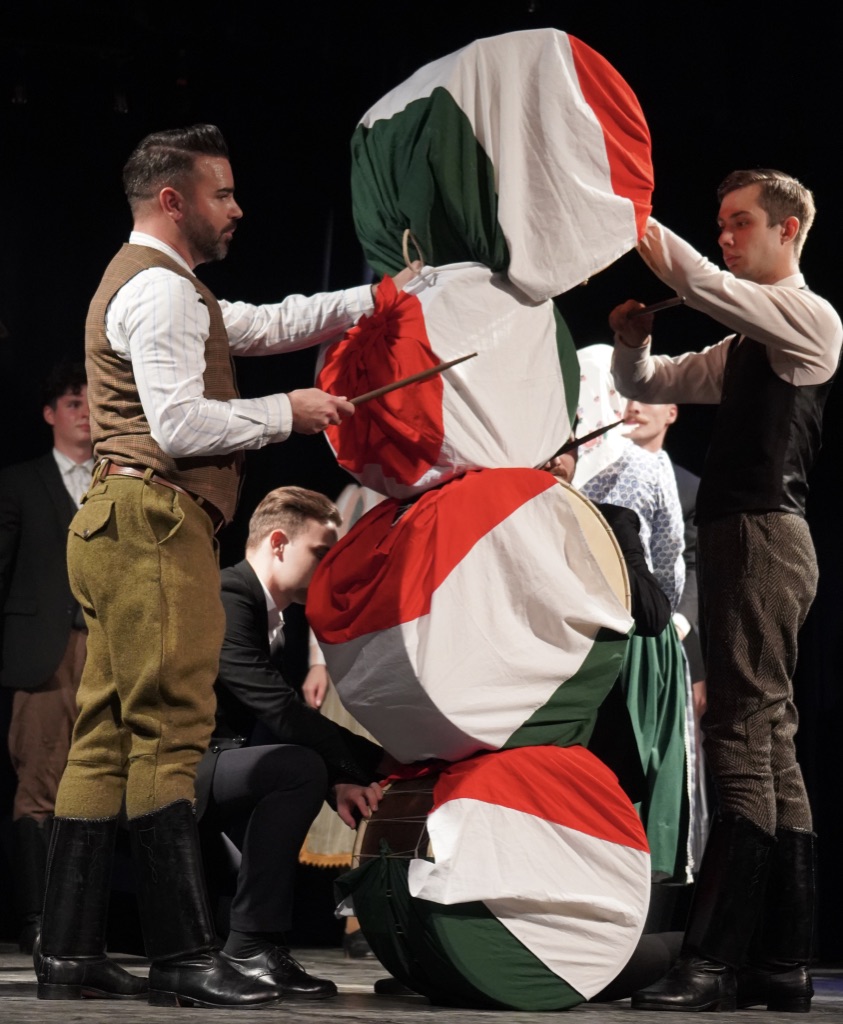
Ildikó revealed that she was able to work with the dancers through her own transformation from being a parent around Vadrózsa to acting in this new capacity for a year. ‘We worked very well together, because Lili and Kristóf always had the last word, while I tried to create the environment in which the show could be successful. My three children were raised in this ensemble, and I’m very happy I could finally bring this wonderful treasure back home,’ she said emotionally, and added that the ‘internationality’ of Vadrózsa is also shown by the fact that some of its members were born outside Hungary’s borders. A few years ago Lili and Kristóf opened their training camp also for young dancers from North America. First three, then ten, later fifteen children joined that camp from North America to Hungary; not only from Mákvirág in New Brunswick, but several children from Canada as well. ‘I’m very happy that there are also diaspora Hungarians in the adult group: Ottó Nagy from Venezuela, Keve Pigniczky from Cleveland, Emese Gáspár and Zsófi Kovács from California, Erica Tábi from New Jersey; and for this tour László Hajdu-Németh Jr. was also invited to join the orchestra as a violinist. Hungarians today have a totally different background compared to my parents, who were forced to leave Hungary and had no idea when they could return, if ever. Today, overseas bridges have been built, we just have to step on them.’
From Home to Home and Back: Tearful Visits from Family and Friends
Former KCSP members Lili Balogh and István Dániel Molnár also became emotional when I asked them about their tour experience. Lili was able to respond first: ‘I can say on behalf of both of us that it was a very good feeling to be back; we were looking forward to meeting those we had met during our nine months as KPCS scholars and visiting the places where we had been welcomed back as friends. And finally, when we arrived in New Brunswick, we felt a little bit at home, as we almost had a second family there.’ At this point Isti took over: ‘I’m basically a distant person, I like to keep the three steps distance, so last year when we first got here I told a lot of people: if they feel I’m not very friendly, it’s not because I don’t like them, it’s just because I was brought up that way. Despite that, I’ve probably made more friends here than at home…’.
As Isti also revealed, the dance house movement is very competitive in Hungary, so the artistic directors prepared this show to be able to be convincing at the domestic scene, but also to fit the Hungarian American audience, which wasn’t easy. ‘It was especially difficult for both of us, because the team was already preparing while we were still here as KCSP scholars, so catching up took a lot of extra time. We love dancing very much, so we didn’t find it difficult to devote our free time to it though.’ Lili added that the tour was preceded by a very intense two months of preparation and the show consisted of a wide range of dances, from seven or eight regions. Some choreographies have been in their repertoire for years, but others were only created during the last two months. ‘Everyone was very excited to see how the preparations and the tour would go. I can probably speak for the whole group when I say that it was a great experience for our whole team,’ she concluded.
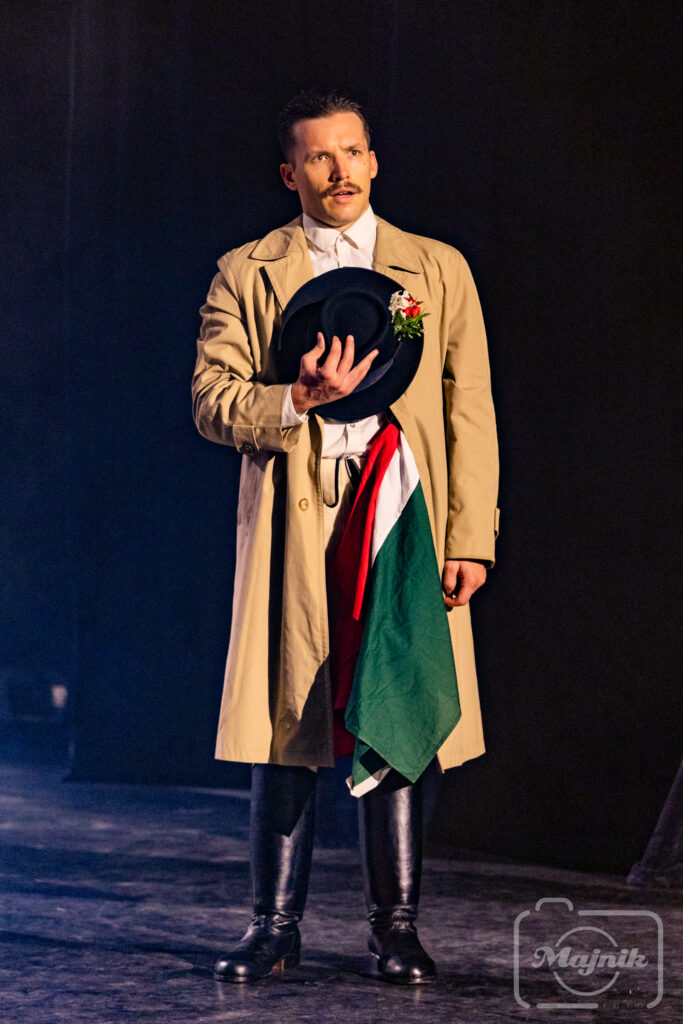
Not only did Ildikó Hajdu-Németh return home with this tour, but Keve Pigniczky has also found himself in similar shoes. He was born and grew up in Cleveland as an active scout and member of the local Regös dance group until the end of his university years. When I asked him what it was like to return home and do an 18-day tour with a lot of familiar faces in the audience at every stop, I got the surprising answer, ‘It was quite hard.’ He explained: after graduating from university six years ago, he moved to Budapest where he’s been working as an accountant ever since dancing first with the Nógrád Dance Company (on account of his great-grandmother, who was born in Kisterenye, Nógrád County) and then with Vadrózsa. In the latter he met Zsófi, a girl from Szeklerland, Romania; they got engaged, planning to get married next summer. However, Zsófi, being born in Romania, had her U.S. visa application repeatedly refused, so this was the first time she was able to visit the place where her fiancé is from.
‘We got emotional quite often because of this: when the plane landed in New York, when we arrived in Cleveland, and then when we left the city, and we probably will cry also when we are going to say goodbye to my grandmother Kati Vörös later today. This tour was a big moment for me and Zsófi. She had already met my parents in Europe; I had visited her family several times in Transylvania, but this was the first time she could visit the place where I grew up. It’s also an exciting situation because we are now trying to decide where we want to start a family. We already know that it’s not going to be Budapest or Hungary, but since both of our jobs allow us to work remotely, we plan to live rather close to our parents, either in Szeklerland or Cleveland.’ Finally, Keve also revealed that this show was a bit burdensome for him emotionally, because all four of his grandparents were 1956er refugees: ‘I didn’t use to appreciate enough my aunt, Réka Picniczky’s 1956-themed movies, but now that I’ve re-watched them all, they convey much more meaning to me. I realized that I’m actually a “product” of the revolution.’
Related articles:

